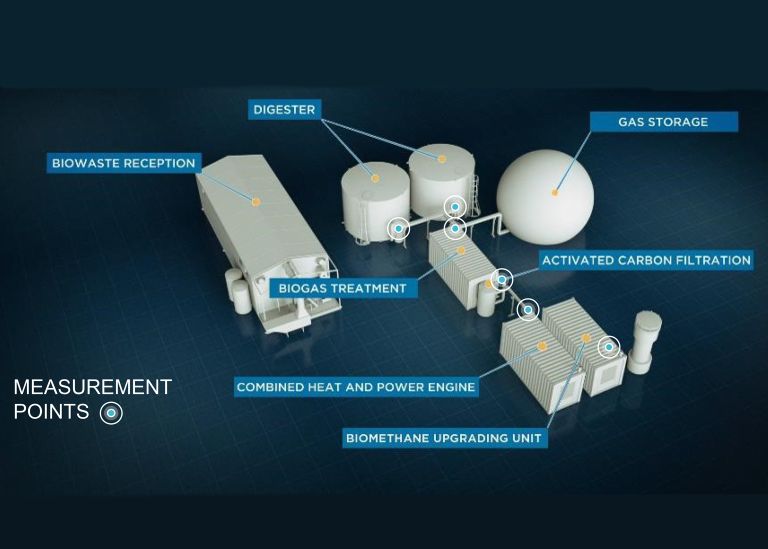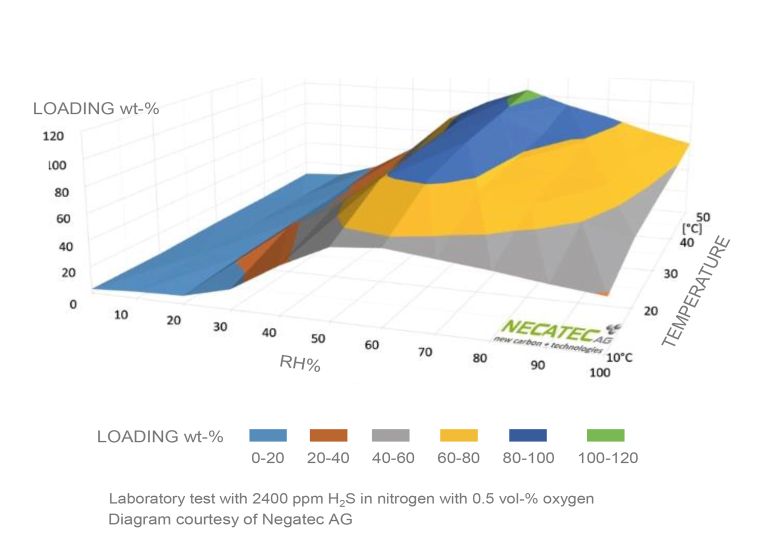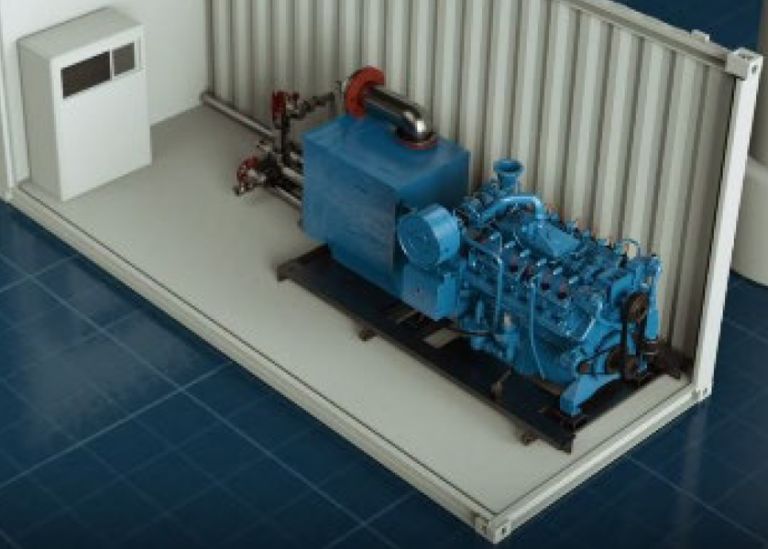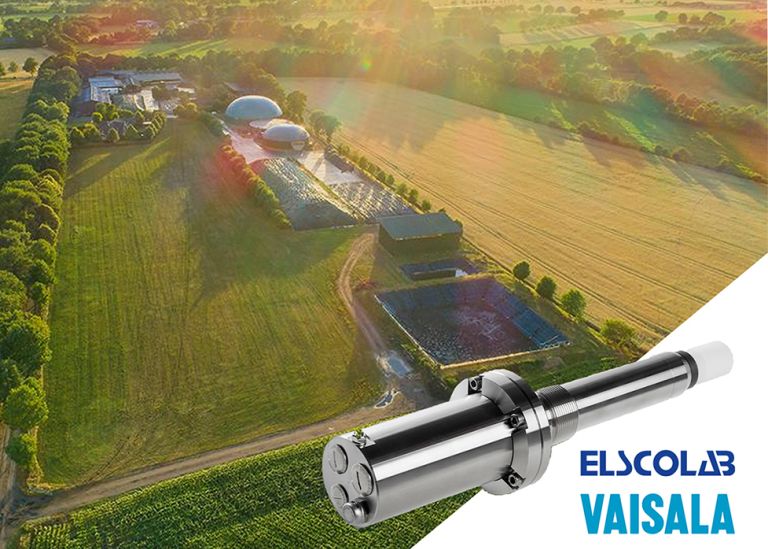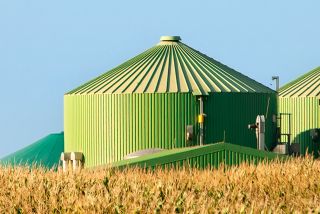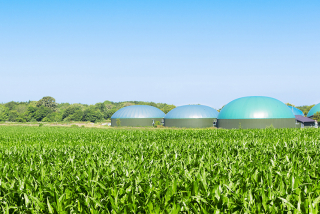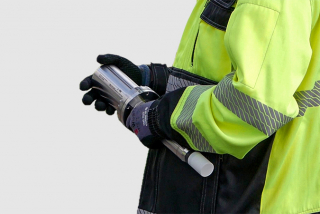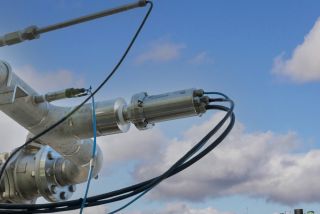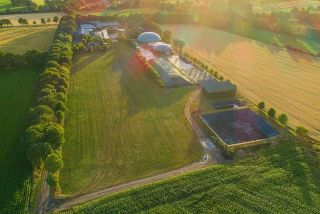
How do you quantify and solve the negative effects of moisture in a biogas plant?
The influence of moisture during the production of biogas and biomethane is often underestimated. Moisture nevertheless has a significant impact on the efficiency and service life of key components and the cost of maintaining the entire installation. Continuous and permanent measurement of moisture content can prevent many issues and save a considerable amount of money.
Raw biogas naturally contains high levels of moisture after fermentation, up to 100% relative humidity (%RH). In addition to moisture (or water), biogas usually contains H2S, siloxanes and volatile organic compounds (VOC) that must be removed before biogas and biomethane can be used as an energy source.
An activated carbon filter does not handle too high or too low moisture levels very well
After drying raw biogas from the digester, the gas is passed over an activated carbon filter to remove impurities. The moisture levels of the biogas, the relative humidity, largely determines the efficiency of the activated carbon. Too high moisture levels lead to condensation and can render the filters completely unusable. The biogas must therefore be sufficiently dried beforehand. However, if the moisture level is too low, it is also bad for the activated carbon filter. The optimum relative humidity is between 50 and 70%. Too much drying of the gas before it goes to the activated carbon filter, in turn, is bad for H2S removal.
Proper monitoring of relative humidity dramatically extends the service life of activated carbon filters, even doubling it. Considering that a refill or regeneration costs about € 3000 on average, this is a substantial saving. A poorly functioning filter means H2S passes through. This is a very corrosive gas and the cost resulting from corrosion of pumps, betters, motors, etc. quickly adds up. All the more reason to consider continuous moisture measurement.
Heat exchangers
The easiest and most conventional way to reduce the moisture level of a gas stream is through cooling and then reheating. During cooling, the moisture condenses and dissipates. After warming, the relative humidity is noticeably lower. This principle is based on thermal equilibrium, in other words, that the gas stays in the cooling system long enough. In practice, that is rarely the case. The only way to determine the moisture content with certainty is to measure it at the outlet of the heat exchanger. When it comes to biomethane production, the biogas requires further drying and moisture measurement is even more important.
CHP
In CHP (combined heat and power), biogas is converted into energy. This obviously needs to be done with the highest possible efficiency. Did you know that when the moisture level in the biogas is reduced by 1% vol., the heat capacity increases by 1%?
Pressure and temperature fluctuations lead to condensation in the motor and consequently corrosion by H2S. CHP manufacturers specify the maximum permissible moisture content. Damage due to corrosion is therefore not covered by the warranty. Proper drying with control is therefore a necessity, not a luxury. Once you understand that moisture in the biogas has an impact on lubricating the motor (the time between oil changes can be halved), you can better control the expenses.
Biomethanisation: Avoid moisture!
Biomethane (CH4) is essentially made by extracting CO2 from biogas. Separation of CH4 and CO2 is done by membranes under elevated pressure (> 10bar). When the dew point (the temperature at which condensation occurs and thus related to moisture content) of the biogas before compression is too high, you get condensation, even at a higher temperature. It is essential to keep the dew point below 0°C to ensure trouble-free methanisation.
Measuring moisture in a biogas plant
Water, or more accurately, water vapour, is measured using the same technology used to measure methane (CH4) and CO2, i.e. infrared absorption. An infrared light beam of a known intensity is passed through the gas. The water molecules present absorb some of the light. The intensity of the light captured by the detector is measured. The ratio of the initial to measured light intensity is used as a measure of concentration.
VAISALA's MGP261 biogas analyser, which is distributed in Benelux by ELSCOLAB, is specifically designed for the simultaneous and continuous analysis of CH4, CO2 and moisture in biogas and biomethane production. There is no risk of corrosion and/or condensation due to its construction. The analyser is so stable that verification or calibration is required only once a year. The return on investment in an MGP261 is relatively short due to the costs you save by controlling moisture in the biogas.
